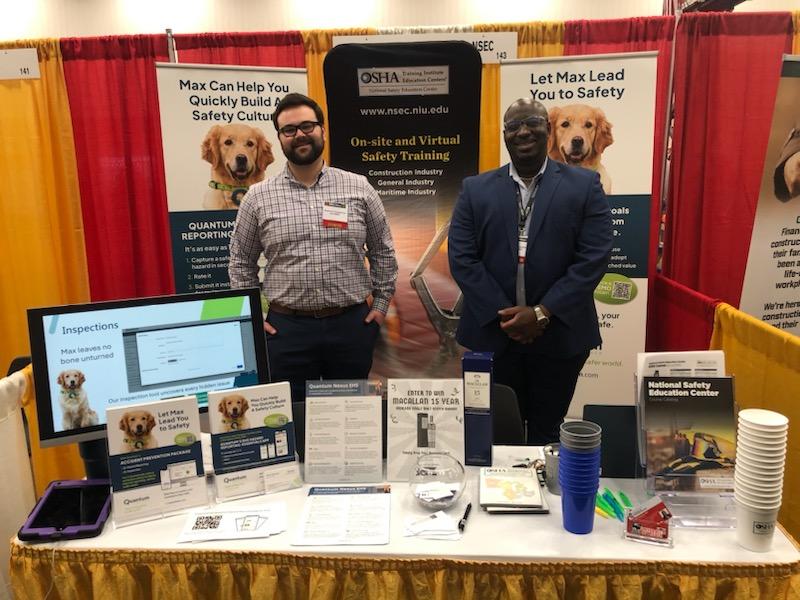 The Occupational Safety and Health Administration (OSHA) has been looking for public commentary on its weight of evidence hazard classification plan draft documentation, and will be extending the public comment period until May 2 of this year in order to maximize the number of comments. Previously, this deadline was set at March 31.
The Occupational Safety and Health Administration (OSHA) has been looking for public commentary on its weight of evidence hazard classification plan draft documentation, and will be extending the public comment period until May 2 of this year in order to maximize the number of comments. Previously, this deadline was set at March 31.
The weight of evidence approach outlined in the proposed document gives a method of classifying hazardous chemicals that is based on all available evidence. It is intended to serve alongside and as a supplement to the 2012 UN Globally Harmonized System for Classification and Labeling of Chemicals (GHS) and the United States’ Hazard Communication Standard (HazCom or HCS) rather than replacing either regulation.
The weight of evidence approach does directly comment on previous HazCom procedures, however, noting that the regulation only allows for identification of whether a hazard is present or not rather than providing gradations of hazard severity.
Anyone can leave a comment, but OSHA has provided a list of questions it would like answered. They are as follows:
- OSHA’s primary goal in the draft WoE guidance is to provide classifiers with an overview on how to approach a weight of evidence evaluation using the criteria that was adopted under the Hazard Communication Standard (29 CFR 1910.1200). Has OSHA achieved this goal?
- OSHA intended to write this draft guidance in language that is appropriate for, and easily understood by, personnel who would be primarily responsible for the classification process. Has OSHA achieved this objective?
- OSHA has also provided guidance on how to use other authoritative bodies that use a weight of evidence or systematic approach. Is this type of guidance helpful? Are there other authoritative bodies that OSHA should reference that that provide weight of evidence evaluations that would be relevant to worker exposures?
- To simplify the guidance OSHA has primarily focused on chronic hazards: Carcinogens, germ cell mutagens and reproductive toxicants since these are more complex endpoints and generally need a higher degree of expert judgement to interpret studies. Did OSHA adequately identify the key considerations for a WoE evaluation of these toxicants? Was the OSHA discussion of the WoE approach appropriate for this guidance document?
- OSHA has provided a section on classification based on a single positive study. Was this section useful?
- OSHA has provided a series of examples to demonstrate the principles discussed in the Weight of Evidence guidance document. Are these examples helpful? How can they be improved?







